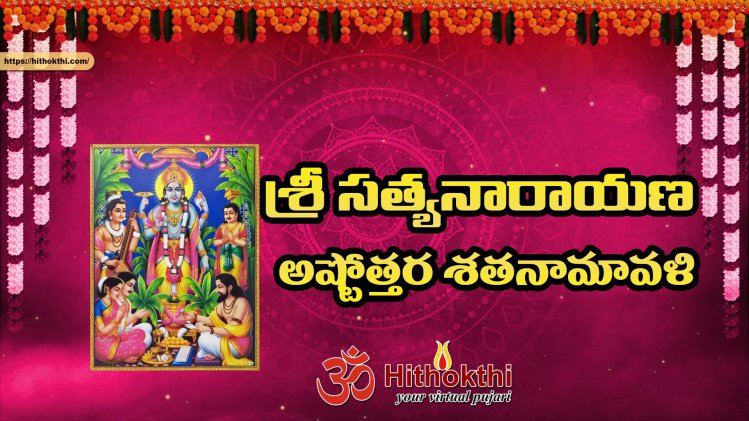God’s new abode in Sri Lanka

Sri Lanka January 21, 2014: The first face I see belongs to Lord Ganesh. As is traditional, the Remover of Obstacles greets every devotee who arrives at the newly opened temple in Wellawatte. Inside, three goddesses await but this space is dedicated primarily to one of the eight forms of the goddess Luxshmi – from the benevolent hand of Aishwarya-Luxshmi or Dhana-Lakshmi wealth and prosperity are said to flow. Her imposing likeness, carved into a single block of granite, standing 6ft tall and weighing many tonnes is the focus of the new temple, but there are several elements that distinguish it from other places of worship. Take for instance, the paintings of Lord Buddha, Jesus Christ, Guru Nanak and Mahaveer that claim places of honour on the highest floor.
The latter mark this new temple as only one of two “philosophical temples” in the world, says Dr.PrassannaLogenthiran, a member of the All Ceylon KambanKalagham. The society which celebrates Tamil language and literature has representatives in both Jaffna and Colombo. It was also the driving force behind this project. “This temple is the first philosophical temple in this country,” says Prassanna, explaining that its predecessor, the famous AvudayarKoil, was built in South India in the 8th Century by the poet-saint Swami Manikavasagar (also spelt as Manikkavacakar). Like its ancestor, this new temple too flouts the rules and regulations laid down for the construction and layout of its traditional counterparts. It honours, above all things, the spiritual maturity that ultimately transcends every religion to create a pure union with the divine, says the founder of the KambanKalagham, Kambavarithi E. Jeyaraj.
It was always a temple dedicated to Aishwarya-Luxshmi but it began its life as a much smaller place of worship built to celebrate the 25th anniversary of the KambanKalagham. Like all such projects it has been supported by the community ever since. Tucked into the corner of a lane off Roxy Gardens in Wellawatte, the new edifice was inaugurated with rituals and invocations, culminating in the temple being declared open on Thai Pongal. (The day was chosen by the goddess herself – she stood watch as the chit with the date on it was drawn.)
The four floors taper – the largest level represents the simplest in spiritual terms where the divine is represented by actual figures. By the time you get to the very top, each section incrementally smaller, there are no more forms. Only the images of the Hindu saints and the great figures from other religions look down on you. (A representative of Islam is soon to be added.) Though it is little known, the committee wanted to make tangible Swami Manikavasagar’s declaration that he bowed down to those who had excelled spiritually outside Hinduism as well.
I saw the temple for the first time on day two of the inauguration celebrations – a three-day extravaganza that began with singing, moved into chanting and culminated in a crescendo of drumming. For many, this was a moment that would come only once or twice in their lives. We came prepared for the ‘ennaikappu’ or anointing ceremony, dressed in garments that we could afford to have stained. Inside the temple the gods waited, a bowl of oil placed before each. These bowls would be refilled many times over the coming hours.








